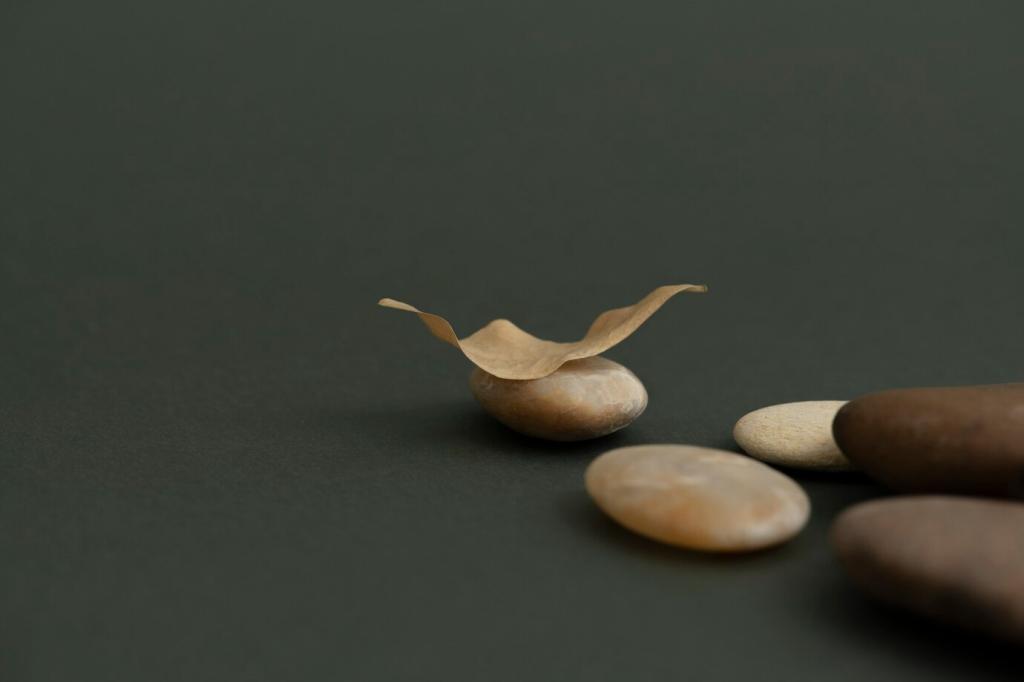
The Intersection of Minimalism and Sculpture
Today’s theme: The Intersection of Minimalism and Sculpture. Step into a world where fewer forms reveal deeper meanings, where materials speak plainly, and where space itself becomes part of the artwork.
Origins of a Quiet Revolution
01
When artists brought plywood, steel, and fluorescent light into galleries, they reframed sculpture as presence rather than ornament. The intersection emerged as industry met contemplation, inviting us to consider objects exactly as they are.
02
Minimalist sculpture asks for honesty: no hidden illusions, just form, proportion, and light. Its restraint sharpens attention, encouraging viewers to slow down, breathe, and notice subtle shifts that ordinary ornament would easily conceal.
03
Think of crisp volumes by Donald Judd, luminous corridors by Dan Flavin, or grounded planes by Carl Andre. Their works forged a dialogue between minimal means and sculptural presence, removing narrative while amplifying experience.

Steel, Plywood, and Light as Subjects
Minimalist sculpture treats materials as protagonists, not disguises. A brushed edge, a sharp corner, or a fluorescent glow becomes content itself. The work’s truth is visible in its surfaces, weight, and measurable dimensions.
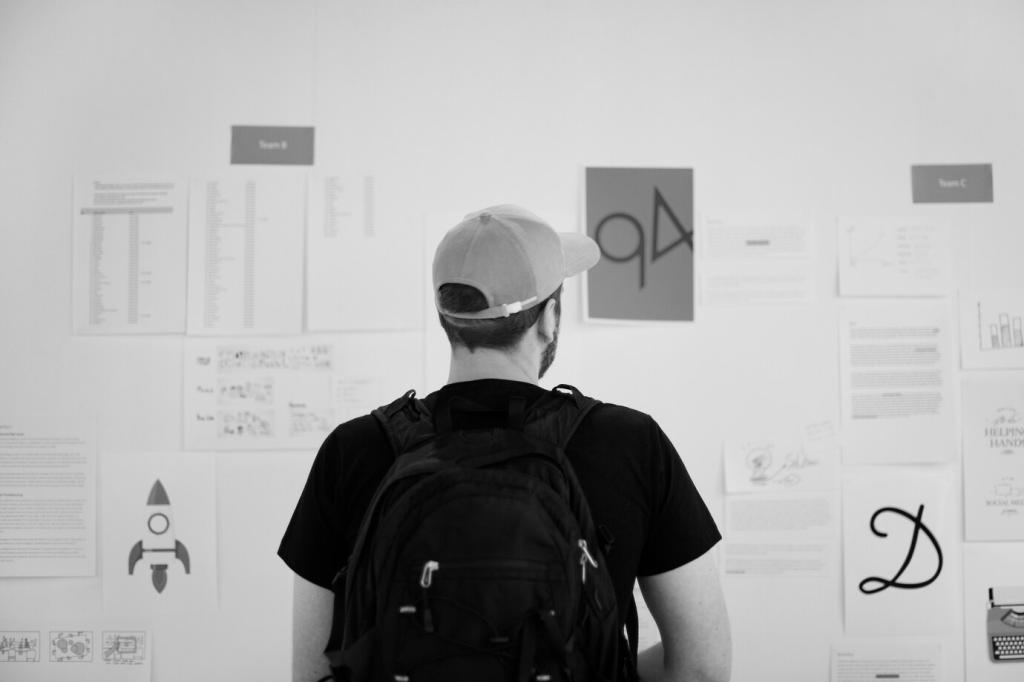
Negative Space as Active Matter
Emptiness is not absence here. It frames, balances, and breathes between forms. The gap under a beam or the corridor within a structure invites movement, letting space function as sculptural material in its own right.
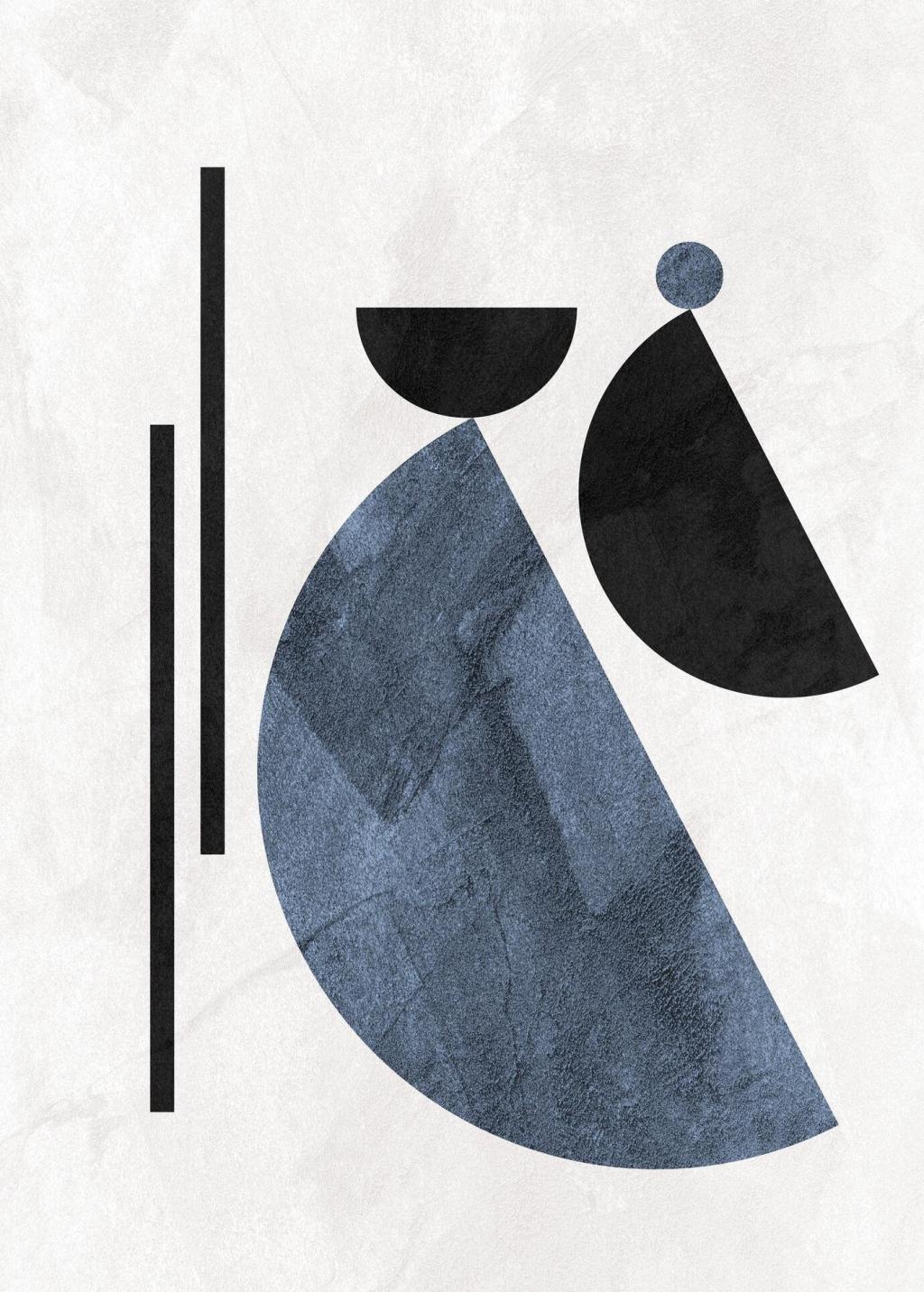
Walking as Seeing
Your path through a piece is part of the artwork. Turning a corner, pausing by a seam, or catching a reflection in polished metal changes the composition, proving perception is sculptural and time-bound, never static.
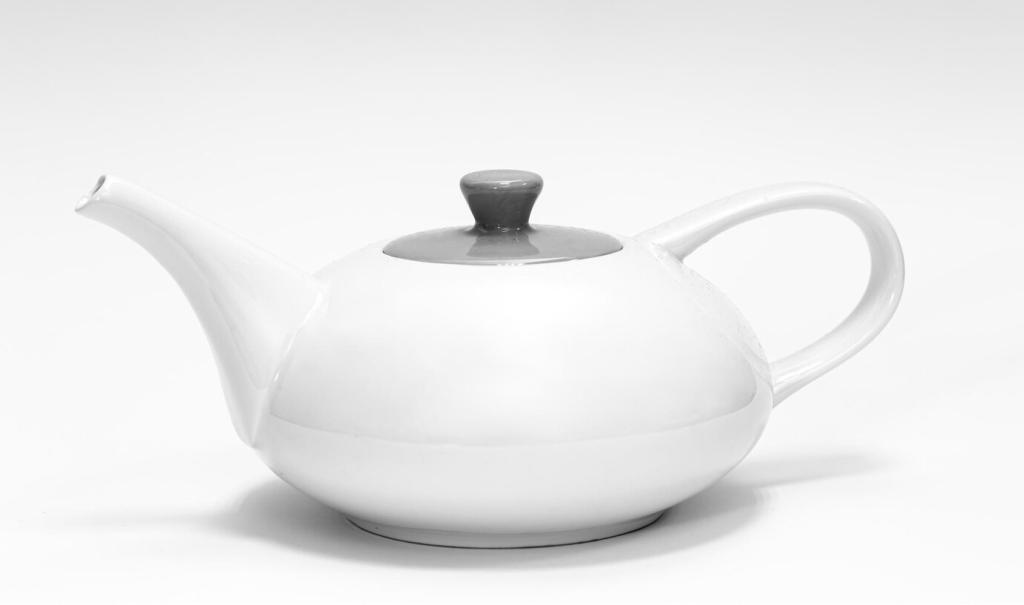

From Studio Plans to Site-Specific Sculpture
A minimalist sculpture may start as a measured sketch, evolve through cardboard mockups, then move to a fabricator’s shop. Every seam, weld, and fastener is intentional, because the slightest deviation changes the entire perception.
From Studio Plans to Site-Specific Sculpture
Repeating units anchor many works: boxes, bars, and panels align with architectural rhythms. Modularity tests how sameness produces difference through light, shadow, and our shifting viewpoint, revealing nuance in increments rather than spectacle.

Domestic Calm and Quiet Drama
A small geometric form on a pedestal can transform a room. Shadows lengthen across white walls; edges become daily companions. The home becomes a stage for noticing, inviting mindfulness without clutter or constant visual chatter.
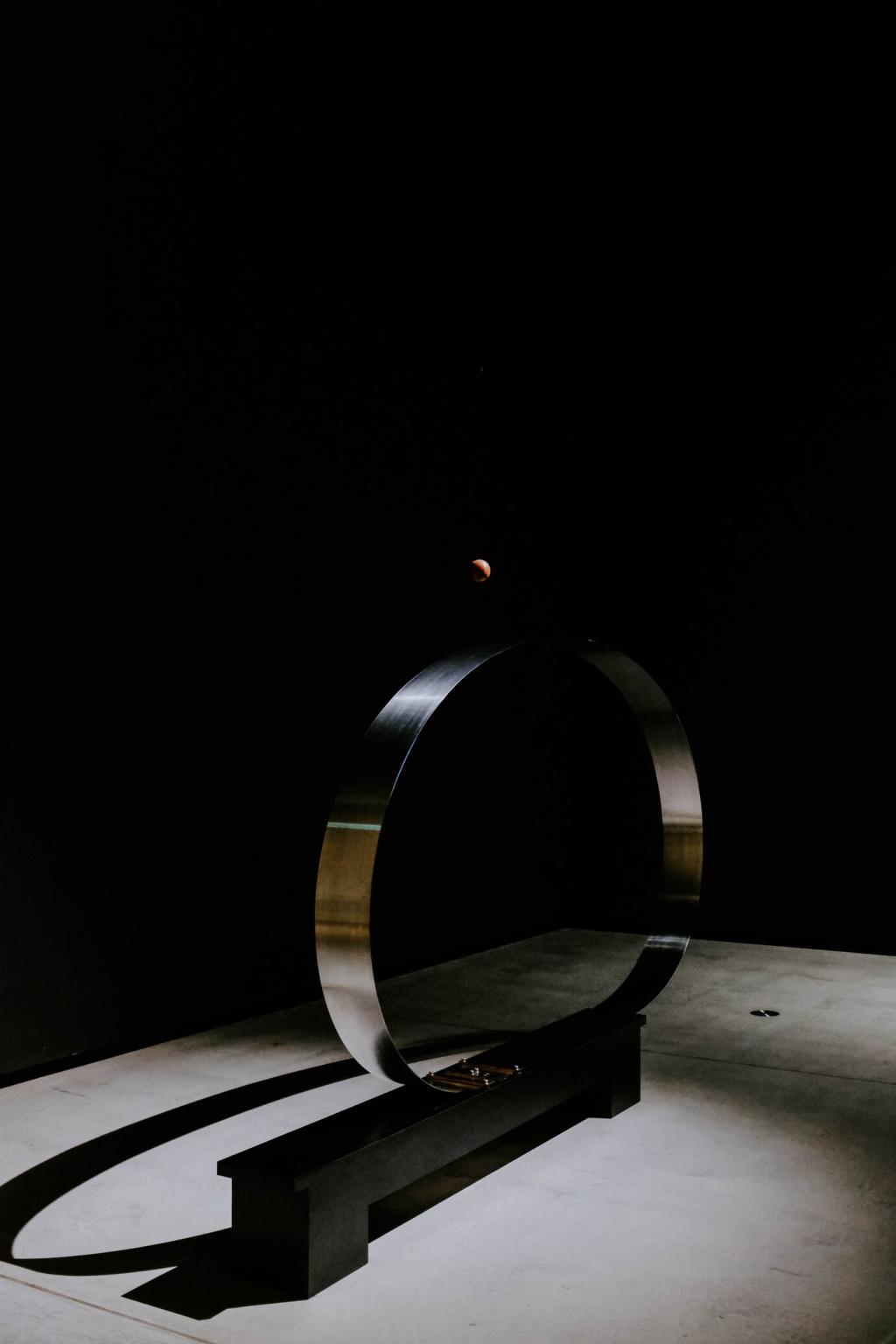
Workplaces and Lobbies That Breathe
In offices, minimalist sculpture offers focus rather than distraction. Clean volumes welcome reflection between meetings, encouraging clear thinking. People gather naturally around these steady forms, discovering shared attention in an otherwise noisy professional landscape.
Anecdote: The Afternoon I Heard a Cube Breathe
I met a lacquered cube under skylight, and the room’s hush gathered around it. As I circled, shoes whispered on concrete, and each step turned the object into a different sentence about weight, light, and expectancy.
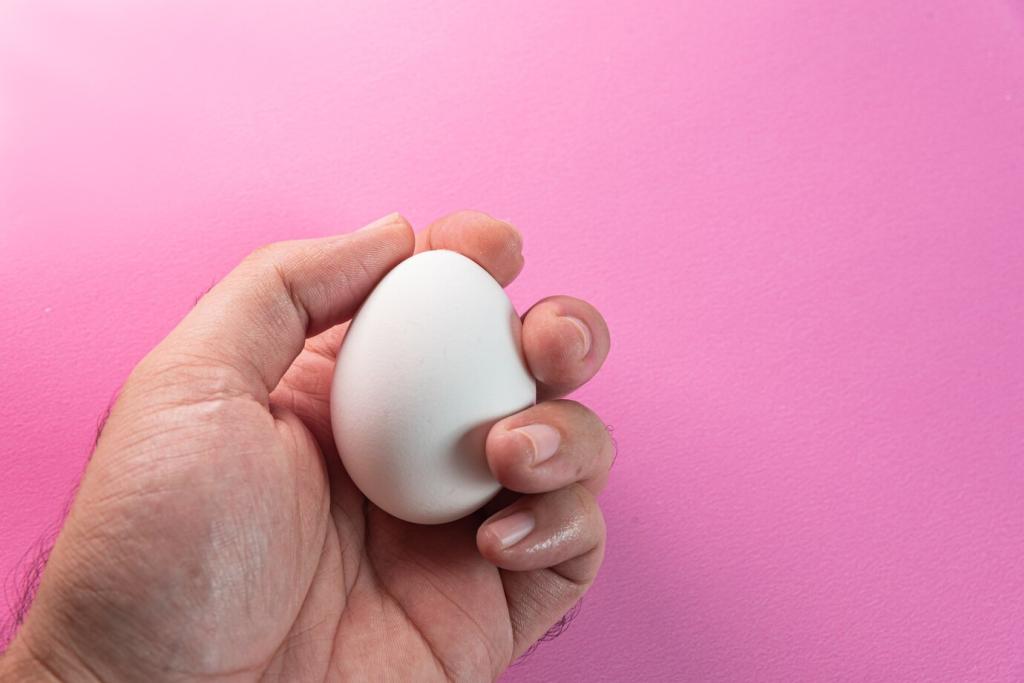

Anecdote: The Afternoon I Heard a Cube Breathe
The cube did nothing, yet everything shifted. A seam caught daylight like a violin string. I felt my shoulders lower, breath slow, and thoughts line up into neat rows, as if the form edited my interior monologue.
Cut a cardboard rectangle, fold it into a clean volume, and place it near a window. Observe how light changes its character hourly. Photograph the shifts, and tell us how the form altered your room’s patience.
